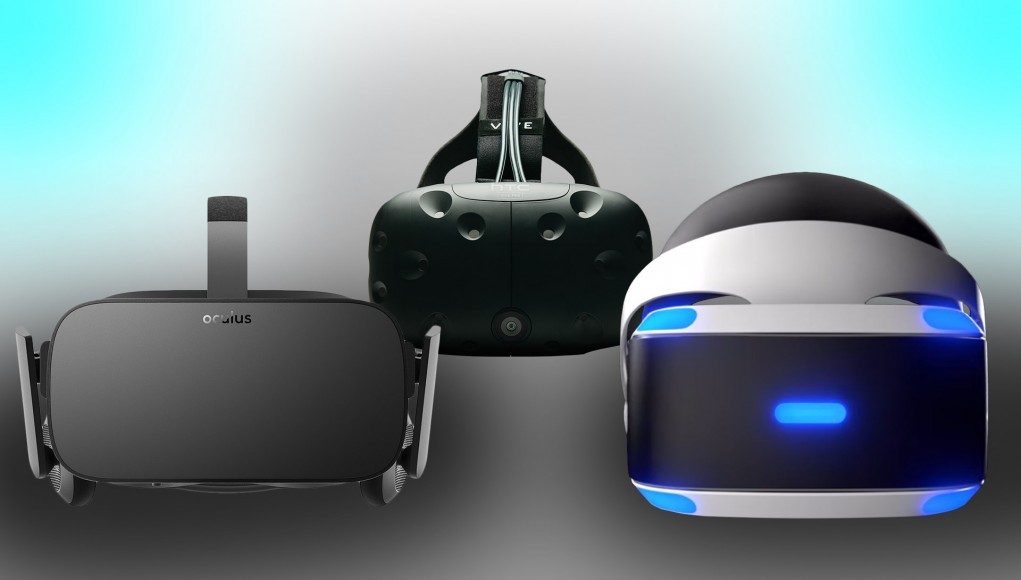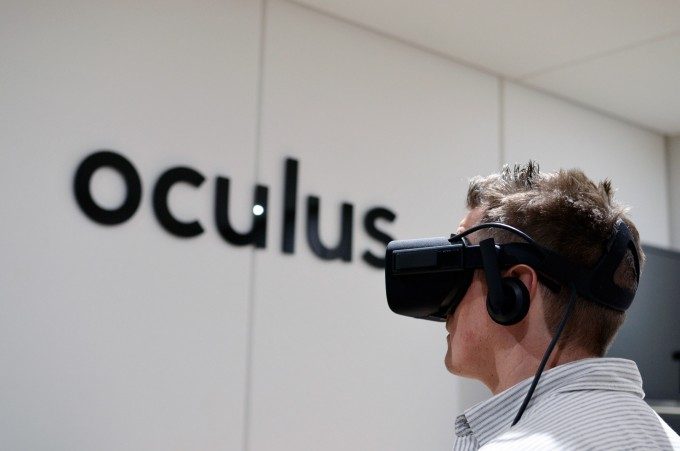If you’re at all involved in the VR space, you likely recently saw a flurry of downtrodden headlines describing “slow,” and “modest,” holiday VR headset sales, with some even calling VR “the biggest loser this holiday.”
The impetus of those headlines was a major revision of research firm Superdata’s PlayStation VR sales projections issued on November 29th. The company adjusted their prior PSVR projections from 2.6 million units to 745,000 units and said VR was the “biggest loser” this holiday season. Here’s a sampling of headlines spurred by the news:
• VR the biggest loser this holiday?
• PlayStation VR Sales Deemed Biggest Loser Of Holiday Season Due To PS4 Pro, Updated By Research Firm
• VR was “the biggest loser” in sales this year, PSVR sales forecast greatly lowered – SuperData
• The holiday season seems to have given virtual reality a reality check
• Despite slow 2016, VR is still forecast to hit $14 billion in consumer software sales in 2020
The headlines, suggesting that VR ‘missed’ some inherent target is an ingenious way to spin the more accurate headline which is that “SuperData’s PSVR Sales Projections Were Wrong.”
It’s been widely talked about among VR insiders over the last 12 months how overly aggressive many of the early VR industry projections are. Just a few weeks ago I was approached by the head of a well known VR studio who predicted this exact situation—that headlines claiming poor VR headset sales performance were on the way; not because the sales were going to be bad, but because the projections that had been eagerly touted were way off base. That person was absolutely right.
So where can we turn in an effort to get the most accurate data about VR headset sales expectations? To the companies that are making the headsets, of course. While (obviously) none of the major players have given hard figures on launch-to-date sales, many of them have provided some indication of their expectations, or at least useful baselines.
Sony – PlayStation VR
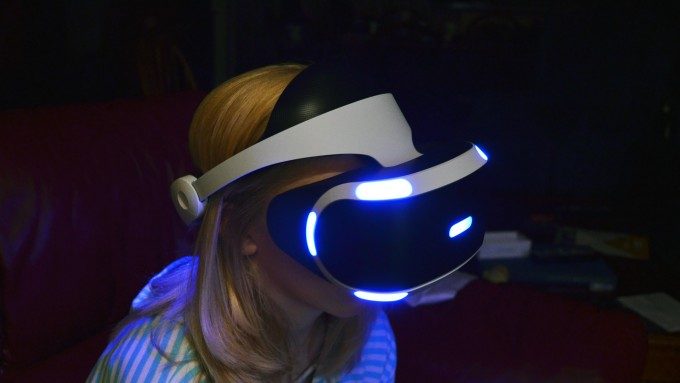 Just days after PSVR’s October launch, Jim Ryan, President of Sony Computer Entertainment Europe, spoke to the company’s confidence in early traction of the PSVR headset in an interview with CNBC.
Just days after PSVR’s October launch, Jim Ryan, President of Sony Computer Entertainment Europe, spoke to the company’s confidence in early traction of the PSVR headset in an interview with CNBC.
“We know from the data we have from pre-orders that the interest we have is significant,” Ryan said during a TV interview, further saying that PlayStation VR sales will be in the “many hundreds of thousands” as the headset rolls out. “We think to be able to offer PlayStation VR… [at $399 dollars] it’s extremely affordable and we think the takeup is going to be massive,” he said.
Facebook – Oculus Rift
Prior to the Rift’s launch in early 2016, Facebook CEO Mark Zuckerberg addressed a question about the impact the headset could have on the company, during Facebook’s Q3 2015 earnings call.
“So we’ve said often that we think that virtual reality and augmented reality could be the next big computing platform,” Zuckerberg said. “But just to put that in perspective and compare it to the development of previous computing platforms, like phones and computers, I think the first smartphones came out in 2003, and in the first year, I think BlackBerry and Palm Treo were the initial smartphones that came out. I think they each sold in the hundreds of thousands of units. So just to kind of give a sense of the time frame that we’re thinking about this and how we expect this to develop, that’s how we’re thinking about that.”
Samsung – Gear VR

Oculus (who partnered with Samsung on Gear VR) confirmed back in May that the headset had surpassed an impressive 1 million monthly active users, possibly making Gear VR the single widest spread VR platform to date (excluding Google’s inexpensive and mostly incomparable Cardboard headsets). That gives us a definite baseline, and a rough estimate of the total usership, so long as we can accurately figure what portion of the install base is using the headset in a given month. As Samsung abundantly marketed Gear VR as a pre-order giveaway for a number of their smartphones, not all of the headsets out there are directly attributable sales.
While Gear VR’s install base is impressive, its acceleration has likely taken a hit given the trouble Samsung has faced with the global recall of its flagship Note 7 smartphone earlier this year, which was one of the phones that the headset was marketed alongside.
HTC – Vive
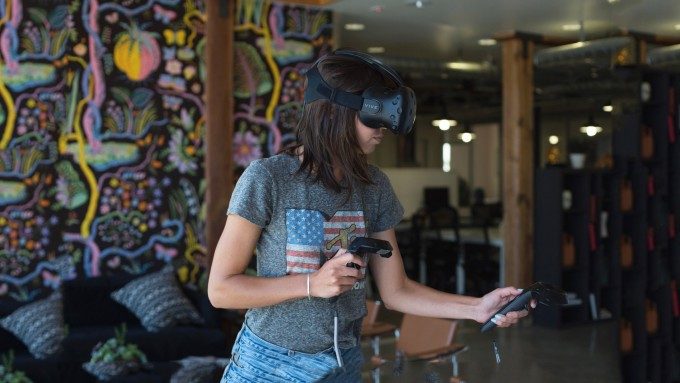
Analysts and investors hoping for a strong HTC comeback pressed the company for details on performance of the Vive’s sales and growth during their Q3 earnings call. Like its competitors in the VR space, the company has declined to give specifics on headset sales this early in the development of the product category, but did respond to questions about a 140,000 unit sales figure that was reported initially by Chinese VR site 87870 and subsequently picked up by many others.
“Right, so I think this is a good question because I also read the [reports about the 140,000 unit sales figure]. I actually talked to [HTC Chairwoman] Cher [Wang] on that,” said Chia-Lin Chang, President of Smartphone and Connected Devices at HTC, in response to a question by an analyst at Arete Research.
“I don’t know [how] this 140,000 number came up. Cher comment[ed] on it, and I can confirm to you here that her comments, basically—of course it’s higher than 140,000. It’s much more than that number,” Chang continued. “But I will not be able to give you a number, and I would encourage you guys not to refer that number. That seems to be anchored fully on something that we have no idea where it came from.”
Chang likened the current VR landscape to a “horse-racing land-grab era,” though he did admit, “I’m not sure it’s the right, appropriate description.” Ultimately he called this portion of the company’s business “the beginning of something very fast expanding, exciting era.”
“What I can tell you is, we—as I say, last time, on the last earning call, we were happy [with] the selling condition [of the Vive] as to the last earning call. I’m very happy to report to you that we continue to be happy with the current selling condition in last quarter,” Chang said in the earnings call. “And we’re looking to hopefully a good—I don’t mean to forward looking, but we’re hopefully looking for a good, happy Christmas shopping season for that.”
Google – Daydream
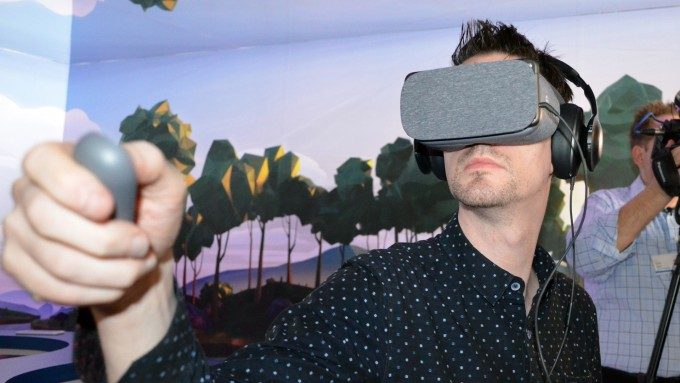 Google has given its expectations for Daydream a few years further out than the others. Those expectations are, however, extremely ambitious. At the company’s annual Google I/O conference this year, ahead of the launch of Daydream, Google suggested that in a few years, Daydream would have a massive userbase.
Google has given its expectations for Daydream a few years further out than the others. Those expectations are, however, extremely ambitious. At the company’s annual Google I/O conference this year, ahead of the launch of Daydream, Google suggested that in a few years, Daydream would have a massive userbase.
“…our intention [for Daydream] is to operate at Android scale, meaning hundreds of millions of users using Daydream devices. And the way we get there is through the typical smartphone evolution: where today’s premium devices—the ones that can run VR experiences—are next year’s mid-range, and the following year’s low end devices,” Brahim Elbouchikhi, Senior Product Manager on the Google VR team, told developers in the audience. “So if you take that evolution, you can see that in a couple years, we will have hundreds of millions of users on Daydream Ready devices that are ready to consume the mobile VR experiences that you all are going to build.”
Bigger is Not Always Better (or more accurate)
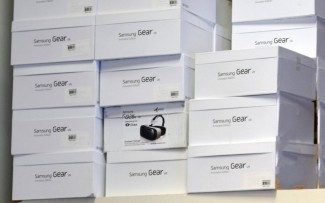 That’s not to say that projections of this sort are easy to make; the issue is the trust that people put in them, and the media’s willingness to run headlines with the biggest and most exciting number, a problem we addressed back in April when introducing the 2016 Virtual Reality Industry report that we co-authored with Greenlight Insights:
That’s not to say that projections of this sort are easy to make; the issue is the trust that people put in them, and the media’s willingness to run headlines with the biggest and most exciting number, a problem we addressed back in April when introducing the 2016 Virtual Reality Industry report that we co-authored with Greenlight Insights:
So what’s the problem with projections? Big projections get big headlines. You don’t have to go searching very far or wide to find VR and AR industry projections forecasting market revenue of tens or hundreds of billions in short timeframes, or that massive numbers of VR headsets will ship in no time at all.
These sorts of stories get headlines because they paint a very optimistic picture of an industry that—in all truthfulness—is unproven and still in its earliest stages. At Road to VR, we see such juicy figures flaunted frequently in our direction, and often pass on reporting them.
Everyone in the industry wants to know that VR and AR is going to be wildly successful and that it’s going to happen fast. Investors especially, many of which are looking for maximum return on a minimal timeframe, are emboldened by the opportunity that the big numbers suggest. But great momentum doesn’t a projection make, it’s about what’s actually happening inside the black box of “the industry.”
“We always overestimate the change that will occur in the next two years and underestimate the change that will occur in the next ten.” – popularly attributed to Bill Gates
In general, we’ve found that many of the projections we see are overly aggressive in their early timeline, seemingly trying to one-up each other as time goes on. We think that the VR industry will achieve its greatest potential when actors within are equipped with the most accurate knowledge.
So when you glean insights from our 2016 VR Industry Report that aren’t all roses and sunshine—like that many developers don’t believe VR will begin to approach mainstream adoption for another 2-3 years, or that the industry is still lacking a killer app to drive that adoption—know that we aren’t going for big headlines, we’re going for big accuracy.We’ve applied our experience as the industry’s most senior VR-dedicated publication, combined with Greenlight VR’s trusted data-driven analysis, to create a comprehensive foundation of the virtual reality landscape and a realistic account of how the market will grow, not only in scale, but crucially, in time as well.
Disclosure: Road to VR co-authored the 2016 Virtual Reality Industry Report with Greenlight Insights, a business intelligence firm which is competitive with SuperData.

